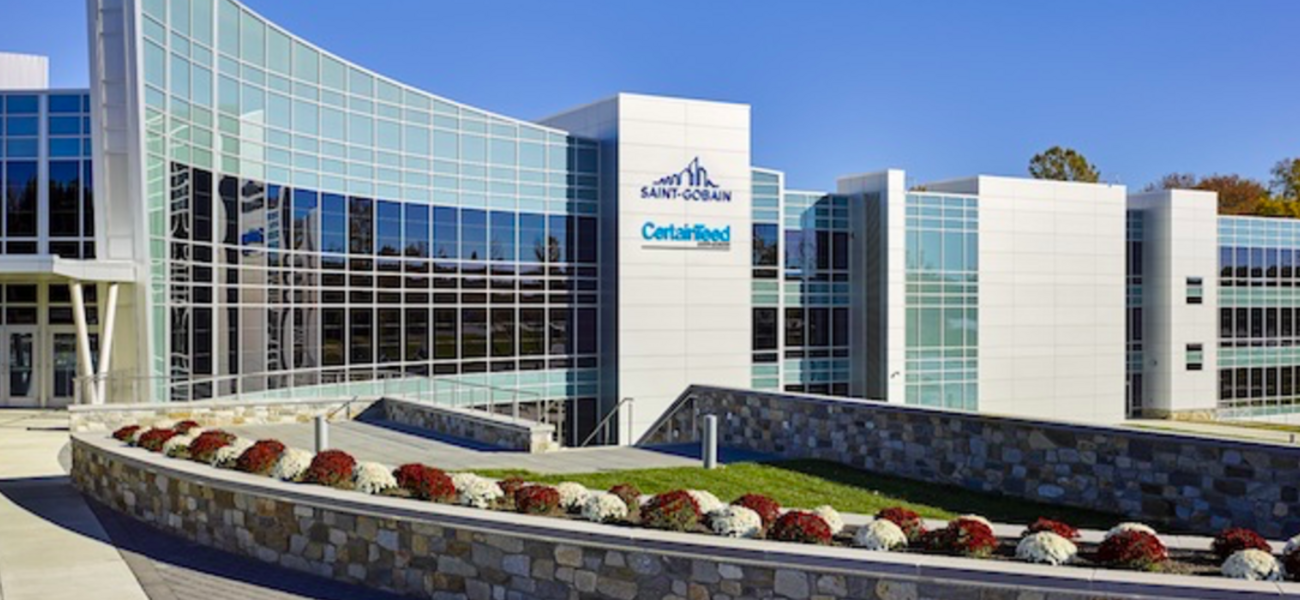Saint-Gobain, a leading manufacturer of innovative building materials, has released the results of an occupant comfort study for its new North American headquarters in Malvern, Pa., a facility that has attained double LEED Platinum certification. Developed in partnership with the University of Oregon’s High Performance Environments Lab (HiPE), the longitudinal study revealed that a systems-based design approach utilizing multiple solutions and strategies can have a stronger collective impact on a building’s ability to optimize occupant comfort. The findings also indicate a need to transcend prescriptive design models that rely on one building solution to achieve overall satisfaction. Conducted in four phases over 36 months, the study analyzed the occupants’ experience before, during, and after their relocation to the new headquarters facility, with an analysis of Indoor Environmental Quality (IEQ) parameters, including indoor air quality and thermal, visual, acoustical, and spatial comfort.
Over 75 percent of employees asserted the importance of working in an environmentally friendly building, with 38.9 percent of employees reporting a perception of increased productivity in the new facility, and 53.7 percent reporting an improved sense of health and wellbeing. Significant benefits from improved indoor air quality were reported by 91.6 percent of employees, with 42.2 percent reporting an increase in acoustical comfort, and 56.4 percent reporting an improvement in visual comfort. Despite the structure’s high-performance heating and cooling system and enhanced building envelope, only 4.8 percent of occupants reported a perceived improvement in thermal performance, prompting the company to engage in further study to develop additional strategies. Saint-Gobain’s advanced building products for interior and exterior glazing, acoustic insulation, and interior finishes were utilized throughout the facility, including GREENGUARD-certified products that make use of an organic binder. The project will continue to function as a living laboratory where ongoing data collection will be assessed to deliver improved building performance and occupant comfort, enabling the creation of new technologies for the sustainable built environment.

